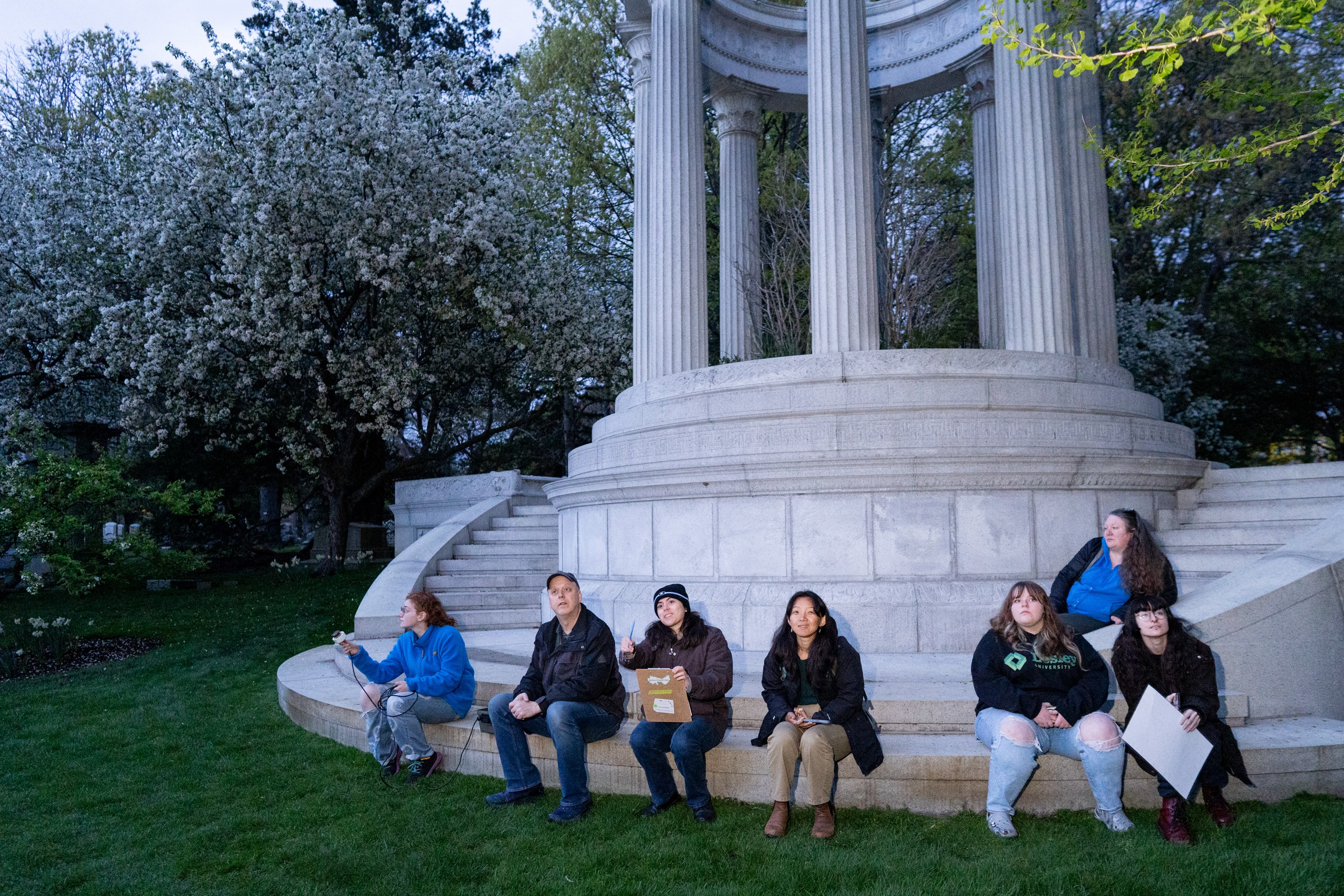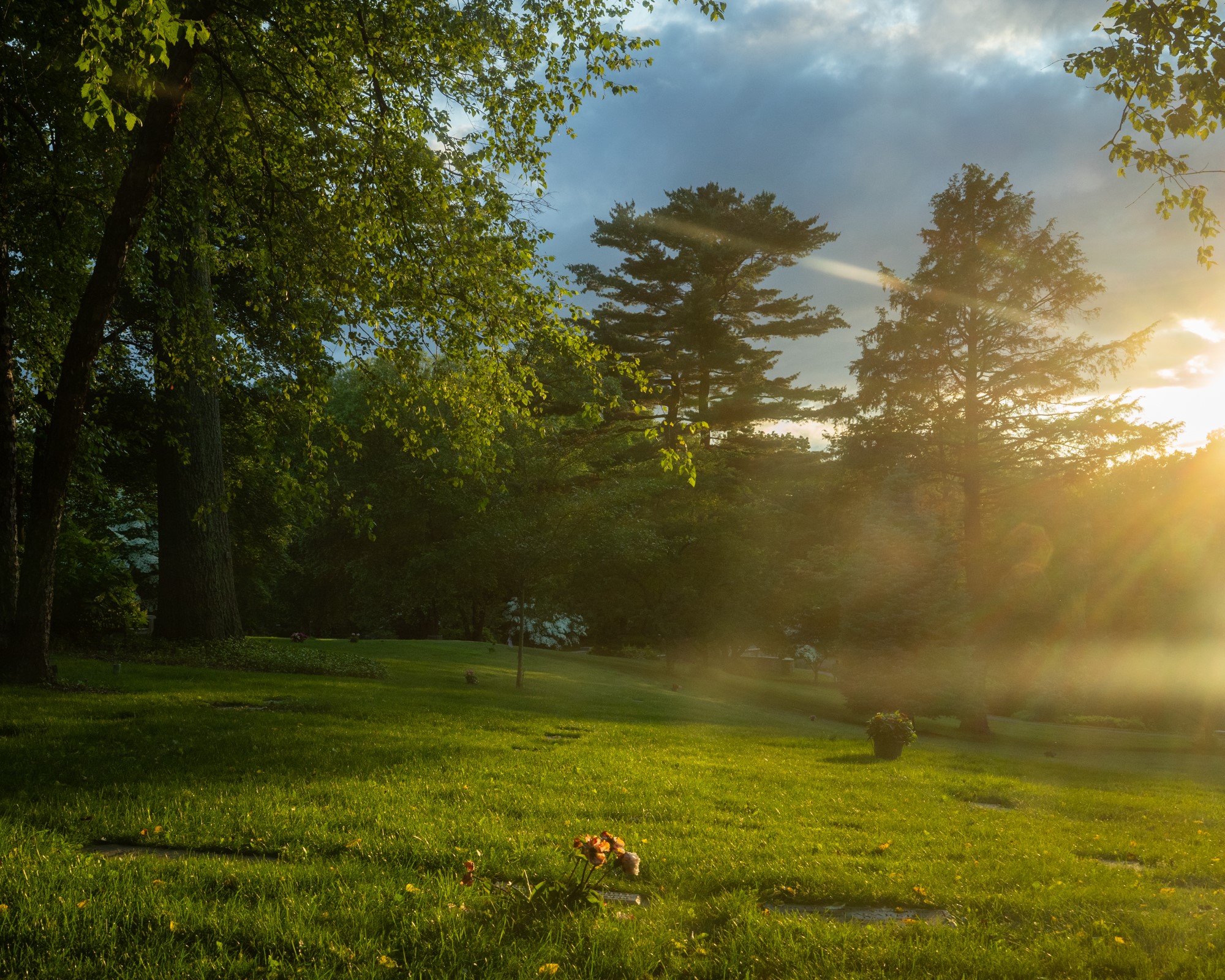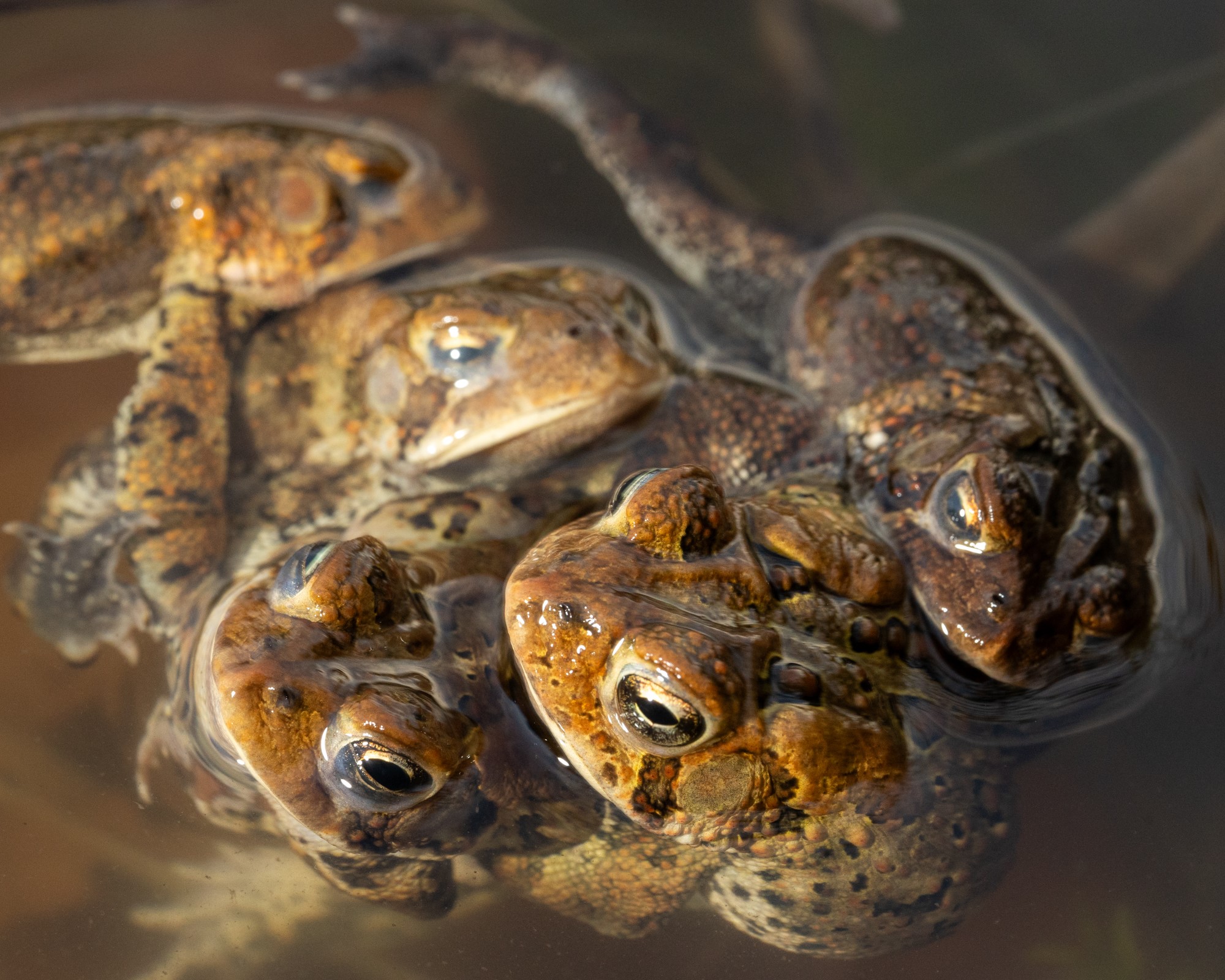A Matter of Life: A Conversation with Artist-in-Residence Billy Hickey
Jessica Bussmann April 1, 2023 Art

In 2023, we welcomed seven Artists-in-Residence to create original works inspired by their experiences at Mount Auburn. Meet photographer Billy Hickey.
________________________
Can you tell us a little about your background and journey to becoming a photographer?
A large part of my background was not knowing what to do with my life. I had a degree in Kinesiology, some after college work experience in special education, teaching abroad, and in the service industry. I couldn’t see myself sticking with any of these things until the end of my days. Things changed when I fell in love with photography. It made me happy and gave me purpose. I decided to go back to school and pursue it seriously.
I went to the International Center of Photography in New York City in August 2019, which was magical, stressful, and incredibly educational. The school itself shut down in March 2020 and classes moved online. The stress went up and the magic was dampened a bit by zoom and a world that was ending. But photography was there for me and more importantly, so was my family. I left NYC to quarantine with the people I love most back in Arlington. School and photography helped keep my mind relatively intact as I worked on my long-term project: How We Were, which documented my family’s time together, reunited as adults in my childhood home during a global pandemic. I learned so much from that project. That I am at my best when I photograph with love, when I photograph things near to me, and that people have limits when being photographed and maybe I should leave my sister alone when she’s making bagels.
Since leaving school I’ve been freelancing. In my own time, I look for stories, keeping those lessons with me and seeking subjects in the natural world, which is where my heart is. I am especially drawn to subjects which 13-year-old Billy would think were cool.
Nature and photography have become intertwined in my personal work and in my life. I have pursued stories about falconry, fireflies, light pollution, fungal folk, and moths. There are so many wonderful things that exist naturally, and I’m really excited about them and that’s changed my life. My hope is my work will make people feel similar. It’s hard to live in a world that we’ve altered but refuse to fix. I hope my work can help people care, to see the magic, to appreciate and learn, I think everything starts there.
You said a residency at Mount Auburn is “a good fit for who I want to be as a photographer.” How so?
What’s wonderful and maybe terrifying about being an artist is that everything you make helps define who you are. This residency is a chance to create a large body of work that will help me further understand my voice. Doing so with support, some funding, and lots of encouragement, is an incredible opportunity. Mount Auburn Cemetery lies between two cities filled with humanity and the systems that we have built for ourselves. It is an oasis of nature and has its own mini-ecosystem. The people that visit and work in the Cemetery are part of that ecosystem. It is a place where humans are so obviously a part of it all. Add in the fact that the Cemetery can quickly make you think you’re in a far-off world full of golden light, mythical trees, and a marvelous blend of death and life…and it feels like a good fit to me.
For your residency at Mount Auburn you’ve proposed to photograph the Cemetery’s ecosystem and the staff and volunteers who support, study and preserve it. What drew you to focus on that subject?
It began at the end of last summer when I attended the nighthawk migration event on Washington Tower. We hardly saw any nighthawks, but watching the sun set over the Cemetery, watching clouds of Chimney Swifts flit past, while a Great Blue Heron flew below, turning in for the night. More than anything, meeting people who were a part of it changed things for me. I began to understand the role Cemetery staff, volunteers and visitors play in its ecosystem and started to see that beyond the place’s natural beauty was a deeper connection between people and the land. I knew I wanted to document and celebrate it.
What is your process when you’re in the field? Does it differ when you’re photographing nature vs. humans and the intersection between the two? You also mentioned you’ve been experimenting with different styles of photography; can you tell us more?
Generally, my process is walking around with my camera. Sometimes I give myself tasks and missions. For the most part, I walk around with my camera and thoughts and see what happens. On other days when I’m feeling more gregarious, I’ll plan to meet with folks or attend events and Citizen Science outings. I’m hoping to work more on portraits around the Cemetery as the project moves forward so I think I’ll have to start walking with more intent…and more friends.
The Cemetery is so huge and varied. I feel the visuals in this project should mirror that. I hope to tell this story in as many ways as I can dream up. In creating the work I’ve used an array of different lighting, from natural to artificial, reflected, modified and sometimes weird. I’ve been trying some macro photography, especially using equipment to adapt wide lenses to be able to focus on objects close up. It’s been tough, but fun. I’ve also done some light painting during a few evenings in MAC. I’m hoping to try camera trapping and possibly aerial/drone photography this fall/winter.
You’ve been spending a lot of time in the Cemetery this spring and summer, can you recall a memorable experience so far?
There’s been so much wonder and beauty that I have gotten to experience in my time here. I’m very grateful for all the experiences and opportunities. It does feel like every day there’s something memorable, something different. Migration and mating seasons ebb and flow, the need for food never wanes, and there are always flora, fungi, and fauna that are alive and active at the Cemetery which is just amazing.
I have a favorite memory during the toad mating at Halcyon Pond early in the summer. The toads really get going and the males hop on anything even remotely toad shaped. I was lost in photographing this weird and hilarious show when a passerby stopped to let me know: “There’s a heck of a toad orgy going on about 20 feet from here.” It was the first time anyone had said that to me in my life. And she was right.
_____________________________





Comments